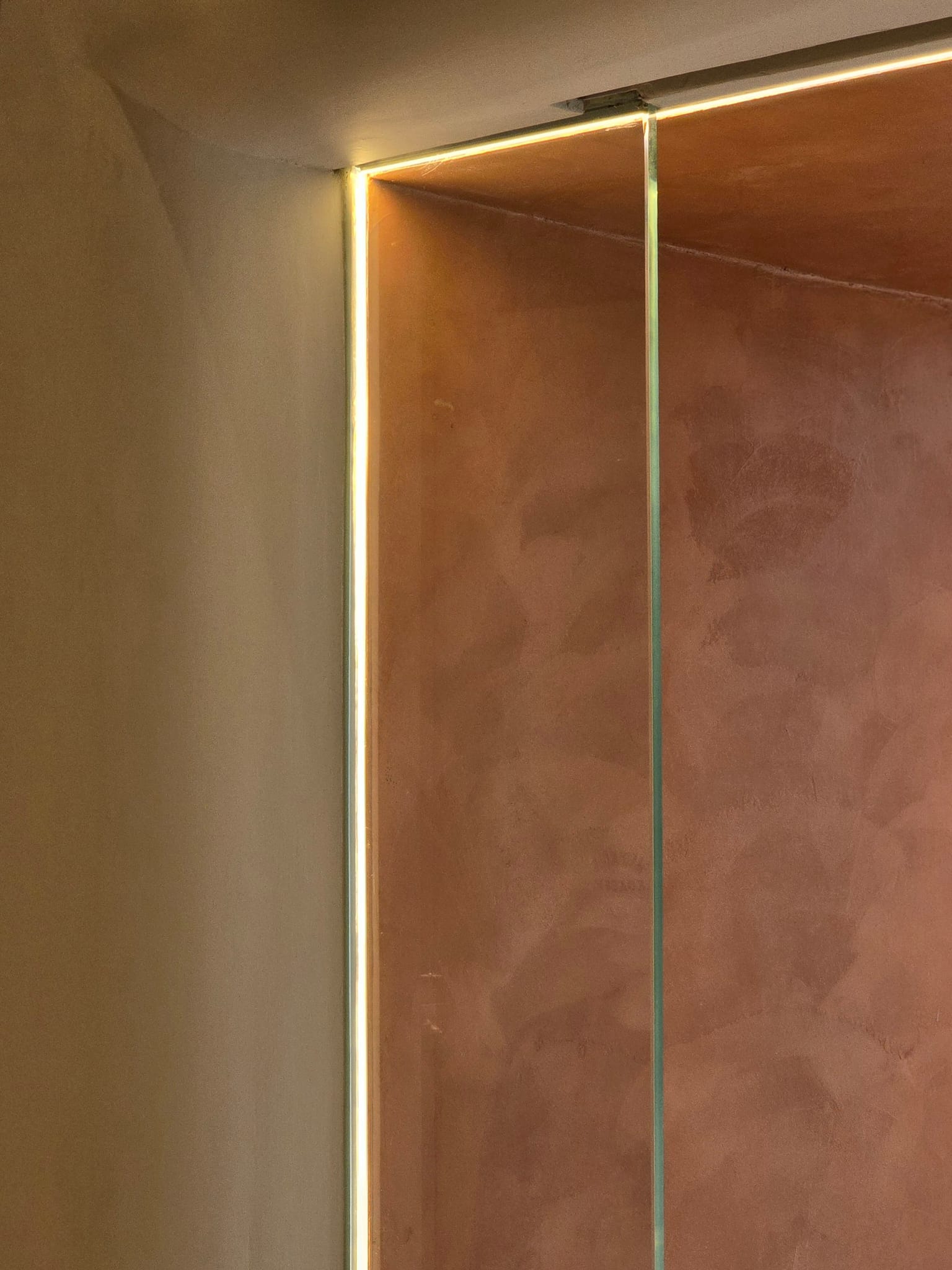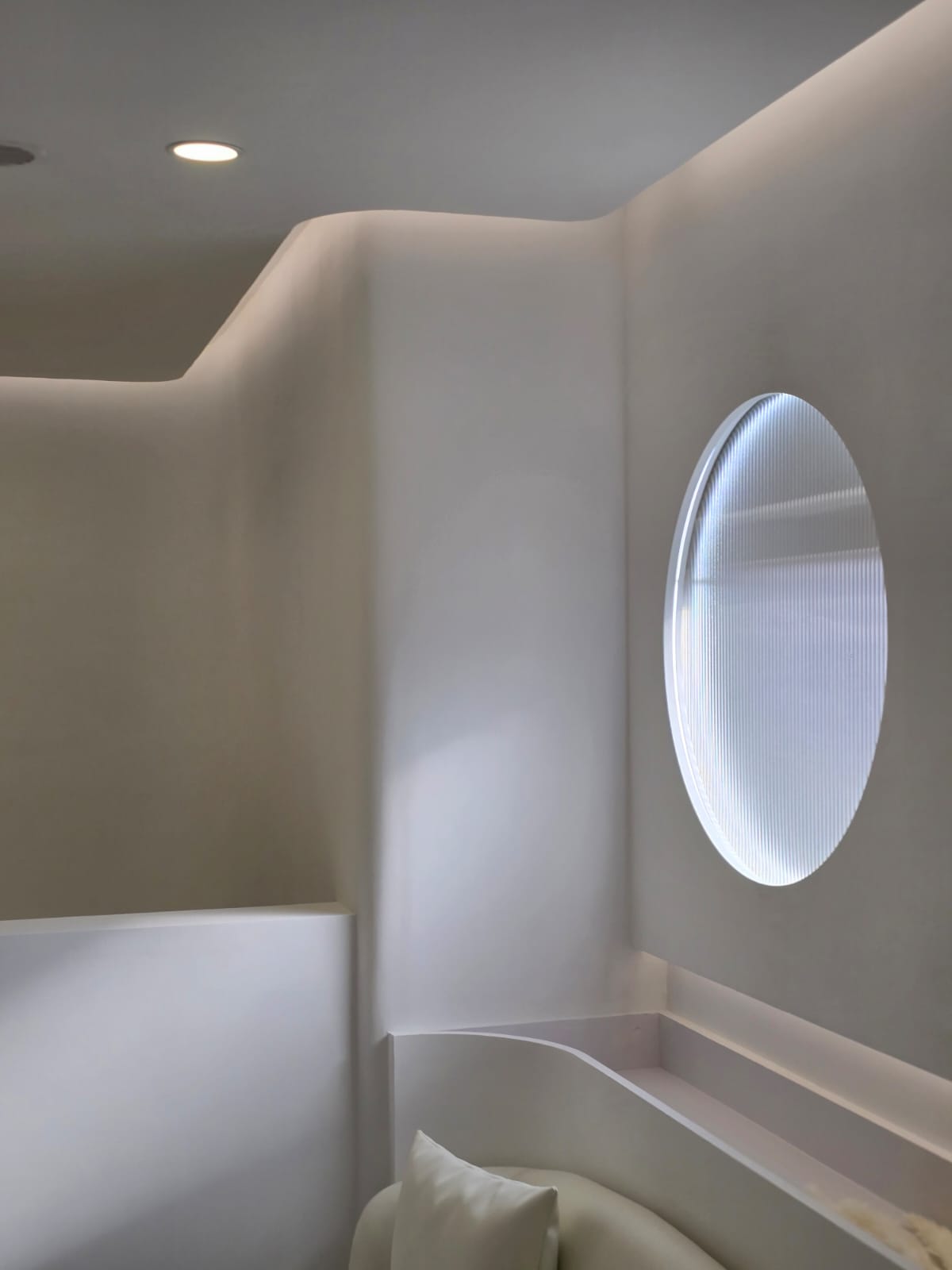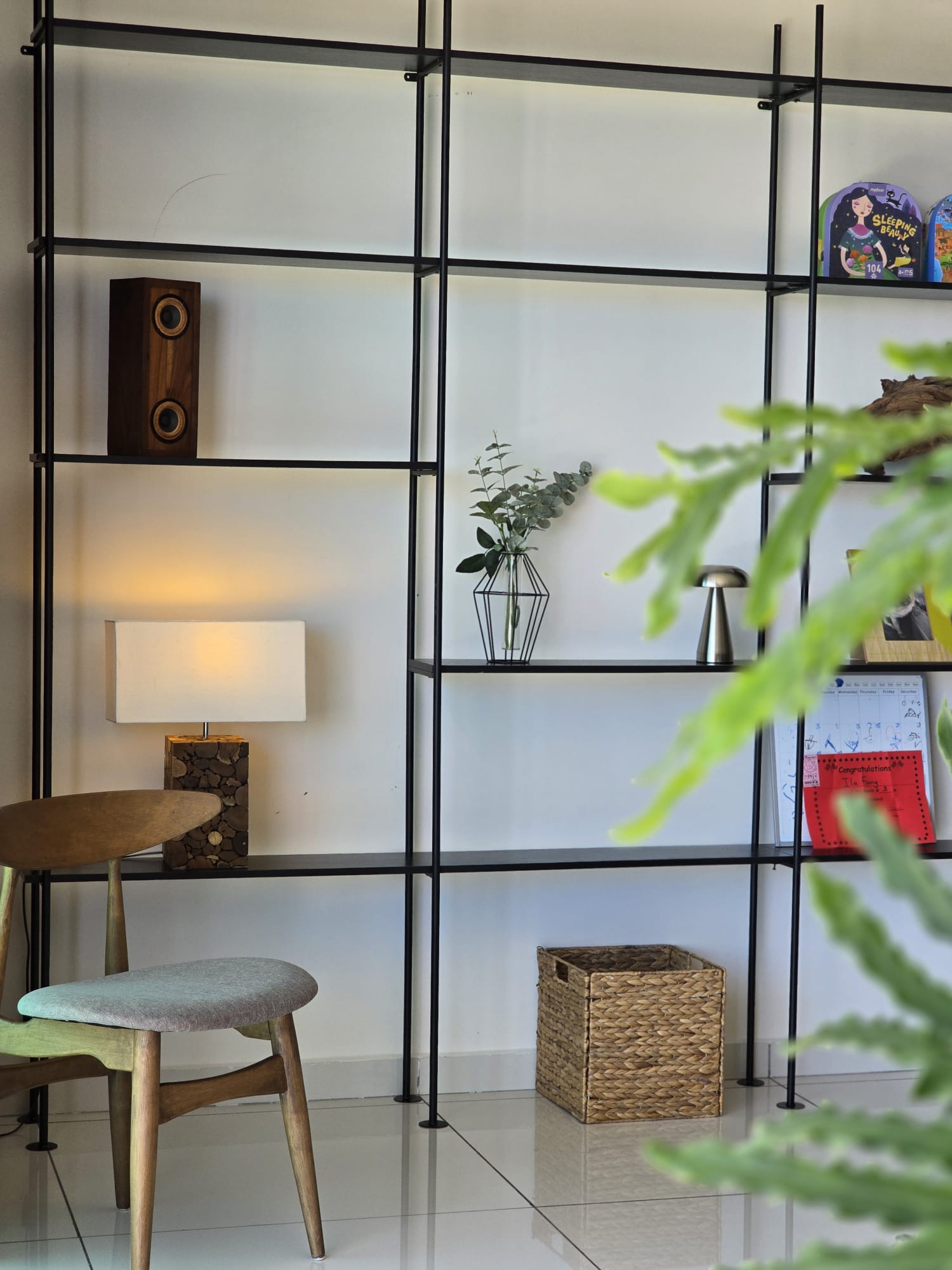
【Five must-reads for parents after home renovation】
Share
Common eye, nose and skin allergies among Hong Kong children are mostly caused by allergens in the home environment. This is especially true after home renovations. While a new home may appear brand new, it actually harbors many potential allergens that can cause invisible harm, ranging from mild discomfort to severe impacts on daily life and even health. Formaldehyde is the most familiar common allergen after home renovations, but there are actually other allergens waiting to be discovered, posing a potential health threat to you and your family.
Five major household allergens - 1. Formaldehyde
First and foremost, formaldehyde is a well-known and potentially harmful volatile organic compound (VOC) allergen in renovations. It primarily originates from new furniture (especially plywood, MDF, and other adhesive-containing products), new paint, glue, curtains, and even some waterproofing and tile base adhesives. Formaldehyde release can last for months to years. Confined spaces or poorly ventilated areas can easily accumulate formaldehyde concentrations. Combined with Hong Kong's humid climate, formaldehyde levels can sometimes rise rather than fall. This can be particularly harmful to infants, the elderly, and those with respiratory allergies. Common symptoms include eye stinging, sore throat, chronic coughing, and red and itchy skin. It can even trigger asthma or worsen allergic reactions. The most effective way to reduce formaldehyde levels is to use certified green building materials, maintain good ventilation, and perform post-renovation cleaning and air purification.
Five major household allergens - 2. VOCs (volatile organic compounds)
A second often-overlooked allergen is VOCs (volatile organic compounds) and odors. Formaldehyde, also classified as a VOC, is found in paints, wallpaper glue, wood finishes, flooring adhesives, and cleaning agents. There are many types of VOCs, including benzene, toluene, xylene, and ethyl acetate. Some produce irritating odors. Long-term inhalation can cause dizziness, sore throat, nasal congestion, and watery eyes. In severe cases, it can interfere with liver and kidney function. Some components are even carcinogenic. VOC concentrations are generally higher during the initial stages of renovation and gradually decrease over time. However, some inferior materials can continue to release VOCs. Consider using paints and glues with "green certification" or "low volatility" to reduce chemical emissions. Ensure adequate ventilation during renovations, and after renovations, open windows to diffuse odors and use activated carbon and air purifiers to help reduce VOC levels.
Five Major Household Allergens - 3. Dust Mites and Particles
The third allergen in home renovations is dust mites and construction particles. During renovations, the demolition, grinding, cutting, and even material handling of walls and floors will inevitably generate a large amount of dust and particles. This dust will seep into wall corners and gaps, furniture cabinets, and even ceiling air conditioning ducts. Even a thorough cleaning after completion cannot completely remove it. Once the remaining particles move in, they will cause dust to rise again when people step on them and move around. Hong Kong's humid climate is conducive to the breeding and reproduction of dust mites. They feed on dust particles and dandruff, which can easily induce allergies, sneezing, nasal allergies, itchy eyes, asthma, etc. To completely solve the problem, implement zoning and covering during renovations and clean up in a timely manner. After completion, carry out multiple deep cleanings and consider professional mite control services. Of course, choosing a well-sealed and easy-to-clean storage design can also reduce the number of dead corners where dust mites can hide.
Top Five Household Allergens - 4. Mold and Mold Spores
Hong Kong's high temperatures and humidity, coupled with the extensive use of water during renovations (for plastering, tiling, plastering, and paint drying), can easily lead to dampness in walls, ceilings, cabinets, and bathrooms if improperly handled during the construction and drying phases. This can gradually create a breeding ground for mold. Mold spreads via spores, invisible to the naked eye. These spores can easily enter the body through the respiratory tract, causing respiratory allergies, skin sensitivity, runny noses, and other allergic symptoms. Preventing mold is crucial for waterproofing and zoning during design and construction, as well as ventilation. It's best to use waterproof materials (e.g., putty instead of glue powder) . After renovation, wet areas should be regularly inspected and a dehumidifier should be used to maintain a dry environment. If mold is detected, it should be immediately cleaned with a dedicated cleaner and the source of the water removed.
Top Five Home Allergens - 5. Pests
Common allergens in modern urban renovations are subtle insect pests and their excrement. Because doors and windows are often left open during construction, newly renovated units often retain wood debris, glue, and organic adhesives. These attract small insects such as ants, fleas, small ants, beetles, and even rodents. These insects breed inside, feeding on garbage and wood chips, and their excrement is left under cabinets, in wall cracks, and at the mouths of drains. For some people with allergies, these tiny insect feces and mucus are strong allergens, potentially causing rashes and respiratory discomfort. To avoid being "infected before moving into the new house" after renovations, it is recommended to perform a comprehensive deep pest control and cleaning at the end of the project. If necessary, install mosquito screens, seal baseboards and drain mouths, and choose a bionic non-toxic insect repellent.
Don't ignore allergies
Allergies are a serious household threat that shouldn't be ignored. Severe allergies can even be fatal. Therefore, choosing safe and environmentally friendly building materials, paying attention to every detail in renovations, and conducting frequent deep cleanings and air quality testing after renovations are crucial to ensuring a worry-free home. To completely avoid allergens, every step, from design and material selection to construction supervision and final completion, requires utmost care and professional involvement. Design House HK understands Hong Kong residents' high standards for detail and health in their renovations. We prioritize "people-oriented, health first." All design details and materials incorporate environmentally friendly and healthy elements, while also ensuring air circulation, easy cleaning, and durability. Design House HK's interior design and renovation services offer customized design. Our professional team handles everything from project planning, material procurement, supervision, and after-sales maintenance, simplifying complex tasks and eliminating unnecessary work and construction hassles. Choosing Design House HK not only ensures you have the ideal home that combines beauty and functionality, but also lays the foundation for a healthy and worry-free life. Inquire about our services today.







